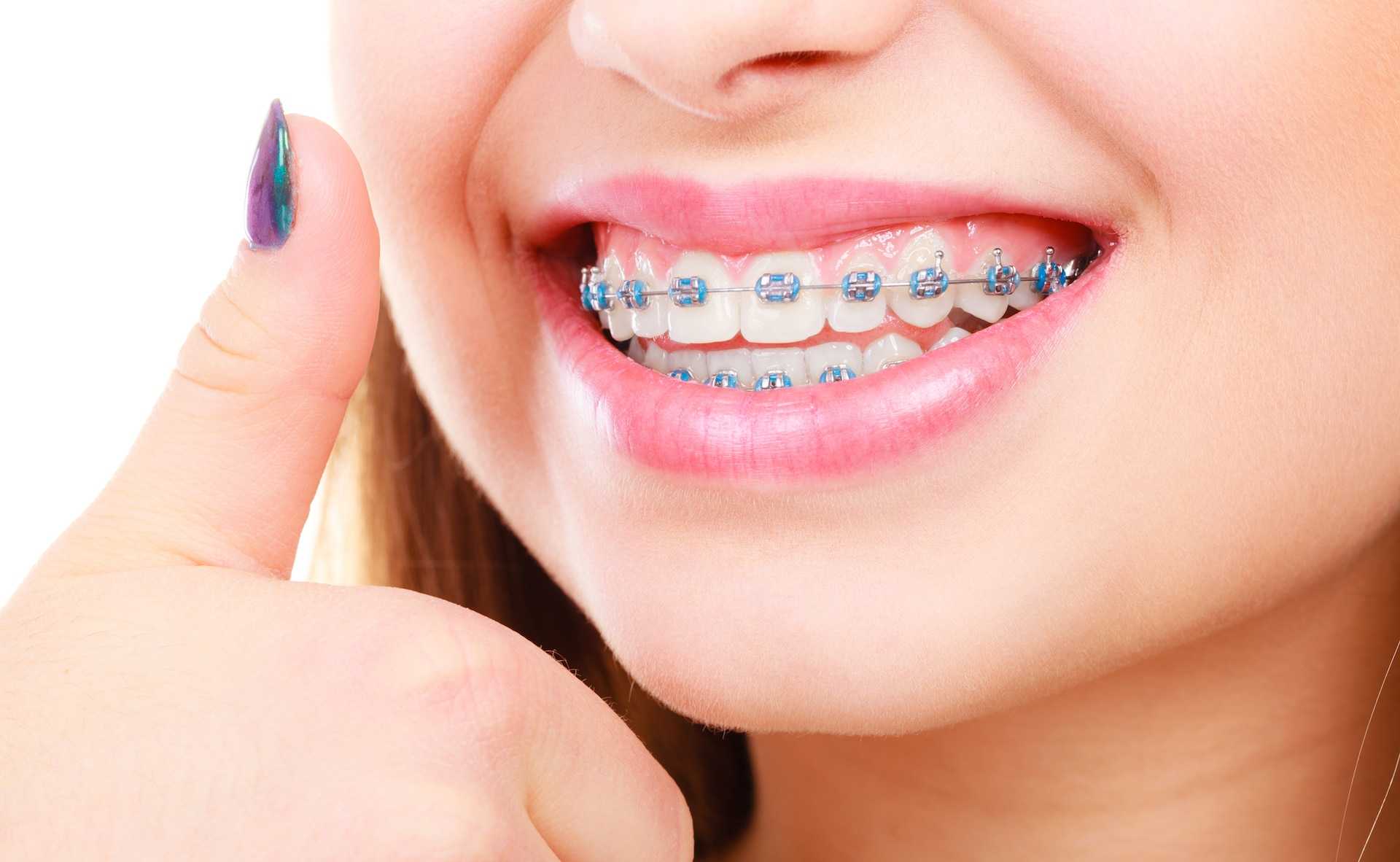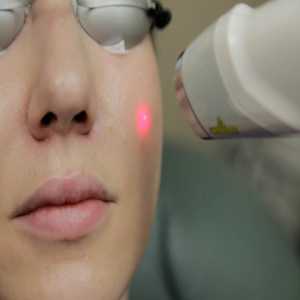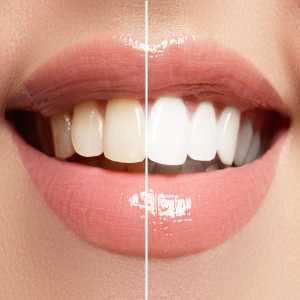
The Benefits Of Early Braces Treatment

Orthodontic treatment, such as braces, is essential for correcting dental misalignment.These are often used for early orthodontic intervention or Phase I treatment in kids and teenagers. This is beneficial for younger kids, usually between the ages of 7 and 10, when their teeth and jaws are still developing and are more responsive to corrective treatments.
Early orthodontic intervention ensures that dental issues are corrected before they become more complex and enables orthodontists to guide jaw development and correct misalignment during this growth period. They can identify potential problems such as crowding, malocclusion, or jaw misalignment and treat them using braces. This can prevent the need for more invasive procedures in adolescence or adulthood.
In this article, we will explore how getting braces treatment early can be helpful and also highlight the long-term benefits of addressing orthodontic issues during childhood.
-
Early Detection and Prevention of Severe Issues
One of the main benefits of early braces therapy is the capacity to identify and prevent the emergence of serious orthodontic problems. Issues including misplaced jaws, crowding, and incorrect bite patterns can appear as a child's mouth develops and matures. If left untreated, these problems could worsen, necessitating more involved and invasive procedures in later life.
Orthodontists can direct the jaw and teeth development by detecting these issues early on and taking appropriate action. For instance, because the bones are still pliable in the early growth phases, problems like overbites, underbites, and crossbites can be successfully corrected. Early treatment of these issues can avoid the need for later-life dental extractions or surgical procedures and simplify subsequent treatments.
In conclusion, early detection through Phase I therapy offers a proactive strategy to preserve a child's long-term oral health by preventing the progression of dental issues.
-
Shorter and Less Complex Treatment Time
Compared to orthodontic therapies that are started in adolescence or maturity, early braces therapy is linked to shorter and less complicated treatment timeframes. Orthodontists can more effectively manage alignment concerns by utilizing the child's natural growth and development when dental disorders are addressed throughout childhood.
Younger children's teeth and jaws are more flexible, which makes orthodontic therapy more effective. This implies that bite issues, overcrowding, and misaligned teeth can frequently be resolved faster and with less effort than necessary if treatment is put off until later in life. By intervening early, orthodontists can control the jaw's development and guarantee that permanent teeth will erupt properly. Because many major alignment concerns will have been rectified, early treatment may sometimes lessen or even eliminate the need for braces during adolescence. Early problem-solving may also lessen the need for further orthodontic appliances, like expanders or headgear, making the course of treatment easier and more comfortable.
-
Improved Facial Development and Aesthetics
Early orthodontic treatment can significantly affect a child's face development and appearance, especially during a crucial growth stage. In addition to adjusting tooth alignment, braces help direct the healthy growth of the jaw, which greatly impacts the face's overall symmetry and look.
Since the face is still developing in youth, any misalignment of the jaw or teeth may cause the face to appear unbalanced or asymmetrical. For instance, disorders like overbites or underbites can impact how the upper and lower jaws grow, resulting in facial features that are exaggerated. By addressing these biting problems early on, braces help ensure that the jaws grow in unison and produce a more balanced and appealing facial structure.
-
Boost in Confidence and Self-Esteem
It is important to recognize the psychological advantages of early orthodontic treatment. Children who have obvious dental problems, like crooked or projecting teeth, may experience low self-esteem or embarrassment about the way they look. In adolescence, youngsters are frequently more aware of their physical appearance and social status, which can worsen these sentiments.
Early braces therapy can greatly increase a child's self-esteem by treating oral problems before they worsen. Children who receive early orthodontic treatment can benefit from a straighter, more attractive smile, boosting their self-esteem and making them feel more at ease in social settings. This increased self-assurance may also benefit a child's general well-being, enhancing their social skills and academic achievement.
Children who are happy with their smiles during their early years are more likely to maintain that positive self-image into adolescence and adulthood; thus, the long-term implications of this confidence boost are substantial. Therefore, early orthodontic therapy has lifelong physical and psychological advantages.
-
Easier Oral Hygiene and Long-Term Dental Health
Maintaining proper dental alignment is essential to practicing good oral hygiene. Plaque accumulation, cavities, and gum disease can result from improper brushing and flossing techniques caused by misaligned or crowded teeth. Early orthodontic treatment might help ease these problems by aligning the teeth and creating enough space between them for appropriate cleaning.
Early braces treatment increases a child's likelihood of developing healthy oral hygiene practices since it makes brushing and flossing easier. Teeth that are properly aligned are less likely to trap food particles between them, which minimizes the risk of gum disease and tooth decay.
Early orthodontic treatment encourages improved oral hygiene habits at a young age, laying the groundwork for a lifetime of healthy teeth and gums.
This can help avoid more significant tooth problems later on and make everyday oral hygiene easier. In later life, fewer restorative procedures like fillings, crowns, or root canals will be required since straighter teeth are less likely to wear down. Avoiding invasive and expensive procedures not only improves general oral health but also saves time and money.
-
Reduced Risk of Tooth Damage and Injury
Children participating in sports or other vigorous activities are more likely to sustain dental injuries if their teeth are crooked or protruding. Protruding teeth are more vulnerable to injury from mishaps, falls, or collisions during sports, particularly in cases of overbite. These kinds of accidents can cause teeth to crack, break, or even fall out, which can cause discomfort, expensive restorations, and even long-term dental problems.
Early braces treatment can greatly lower the risk of tooth damage by resolving alignment problems and guaranteeing that the teeth are positioned correctly in the mouth. Orthodontists can also treat projecting teeth early to help prevent injuries and provide kids with more confidence and safety when engaging in physical activities.
When kids get braces, orthodontists might suggest personalized mouthguards in addition to aligning their teeth, especially if they play sports. Mouthguards provide extra defense, reducing the risk of oral damage while exercising.
-
Lower Overall Treatment Costs
In the long term, early braces treatment can result in significant savings, despite the initial cost appearing to be high. Early orthodontic treatment helps avoid the need for more involved and costly procedures in the future. Early intervention can prevent the need for surgeries, tooth extractions, or extensive orthodontic care in adolescence or adulthood by directing the development of the jaw and teeth during childhood.
Dental issues might worsen if treatment is put off, which sometimes calls for more invasive operations. For instance, untreated severe crowding or misaligned jaws may necessitate permanent tooth extraction or corrective jaw surgery, which can be uncomfortable and expensive. Early braces treatment can reduce or eliminate the need for such treatments, decreasing the overall cost of care.
-
Conclusion
Beyond only improving teeth alignment, early braces therapy has many other advantages. Early care gives kids a strong basis for long-term dental and general health, from preventing complicated orthodontic problems and cutting down on treatment times to enhancing facial appearance and increasing self-esteem. Orthodontists can direct jaw development and guarantee that permanent teeth erupt in their correct placements by treating issues during a crucial growth stage, lowering the need for more invasive procedures.
Furthermore, early treatment can have long-lasting effects on a child's well-being due to its psychological and social advantages, which include increased self-esteem and a lower chance of tooth injuries. Early orthodontic therapy offers even more benefits when paired with the possibility of improved oral hygiene and reduced overall treatment expenses.
If you are looking for braces treatment in Sinhagad Road, book an appointment with Krushna Orthodontics.
Proactive parents can help guarantee their children's long-term dental health and physical development, as well as a gorgeous, healthy smile, by pursuing early orthodontic appointments. Families can consider the many advantages of early braces therapy and make well-informed selections that will improve their child's future.
Author: Krushna Orthodontic
Clinic Name: Krushna Orthodontic
Address: Flat no.102, Godavari Apts, Sinhgad Rd, Shivaprasad Housing Society, Dattawadi, Pune, Maharashtra 411030
Phone Number: 09890629988
Social Links: https://www.facebook.com/Krushnaorthodonticanddentalclinic/
Author Bio
Article Comments
No Comments!
At present there are zero comments on this article.
Why not be the first to make a comment?
Similar Articles
Search Pages
User Upgrade
account to full use of editor,
Including hyperlinks
Article Categories
There are zero sub-categories in this parent category.
There are zero sub-categories in this parent category.

















